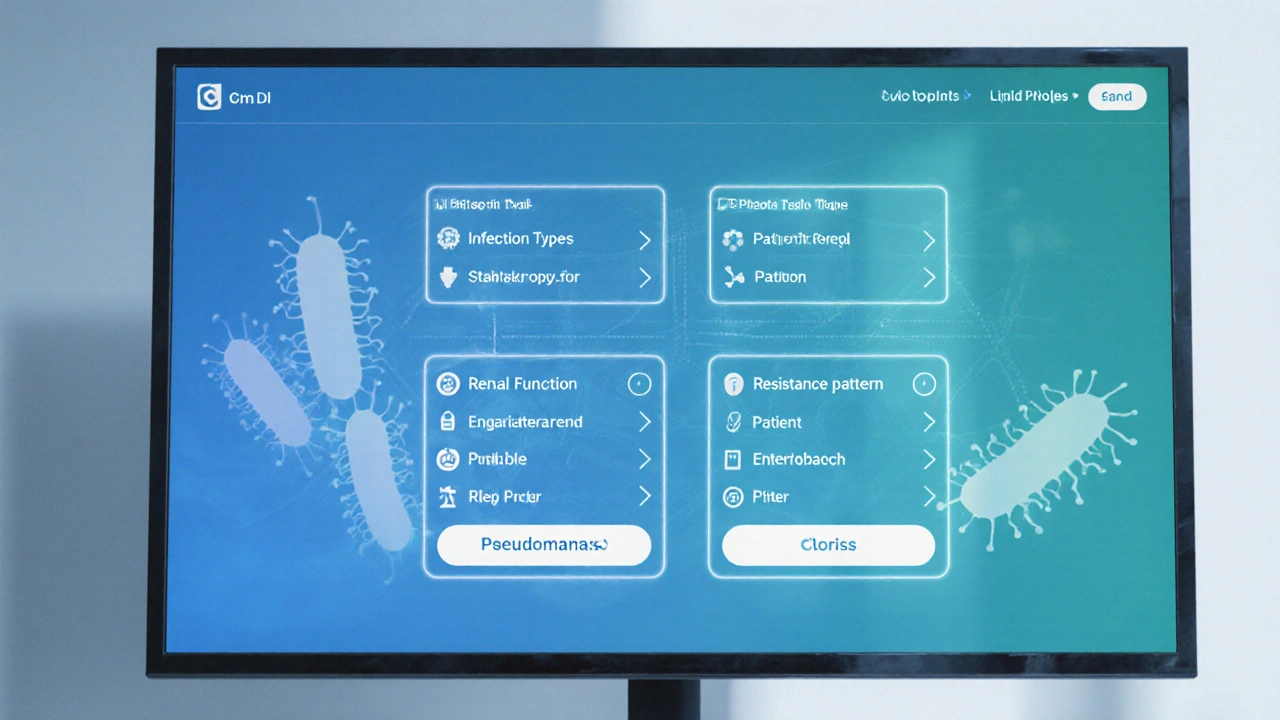Antibiotic Alternatives: Safe Ways to Fight Infections
Are you tired of reaching for a prescription every time you feel a sore throat or a minor skin infection? You’re not alone. Many people are looking for ways to treat infections without relying on traditional antibiotics, which can disrupt gut health and fuel resistance. Below you’ll find down‑to‑earth options you can try at home, plus tips on when a doctor’s visit is still the best call.
Why Look for Alternatives?
Antibiotics work great for serious bacterial infections, but they also kill good bacteria that keep your gut balanced. Overuse can lead to side effects like diarrhea, yeast overgrowth, and even drug‑resistant bugs that are harder to treat later. If the infection is mild, a natural approach can keep your microbiome intact and reduce the chance of future resistance. In short, using non‑antibiotic tools when appropriate protects your body and the wider community.
Top Non‑Antibiotic Options
Herbal remedies such as garlic, oregano oil, and tea tree oil have been studied for their antibacterial properties. For a simple garlic paste, crush a clove, mix with a bit of honey, and apply to a minor skin cut. Oregano oil capsules can be taken with food to help with digestive upset, but stick to the recommended dose—too much can irritate the stomach.
Probiotics work from the inside out. A high‑quality, multi‑strain probiotic taken daily can outcompete harmful bacteria and speed up recovery from mild infections. Look for brands that list CFU counts and contain strains like Lactobacillus rhamnosus and Bifidobacterium lactis.
Phage therapy is a newer, science‑backed method that uses viruses that target specific bacteria. It’s not widely available yet, but some specialized clinics offer phage cocktails for stubborn infections like chronic urinary tract infections. If you hear about a phage treatment, make sure the provider is licensed and follows FDA guidelines.
Honey, especially medical‑grade Manuka, has natural antimicrobial activity. A thin layer on a minor burn or wound can keep it clean and reduce scarring. Change the dressing daily and watch for any sign of worsening redness or pus, which would mean a doctor's evaluation is needed.
Essential oils such as lavender or peppermint can soothe irritated skin and have mild antibacterial effects. Dilute a few drops in a carrier oil (like coconut) before applying to avoid burns. These are best for surface issues, not deep infections.
Remember, none of these alternatives replace professional medical care for serious conditions like pneumonia, bloodstream infections, or sepsis. If you have fever, severe pain, or symptoms that worsen after a day or two, see a healthcare provider. Using natural options wisely can cut down on unnecessary antibiotics while still keeping you healthy.

Amikacin Injection vs. Common Antibiotic Alternatives: Full Comparison Guide
A detailed side‑by‑side look at amikacin injection versus gentamicin, tobramycin, cefepime, and other alternatives, covering spectrum, dosing, toxicity, cost, and when to choose each drug.
